Prime Minister Pham Minh Chinh has just signed Official Dispatch No. 127/CD-TTg dated August 4, 2025 requesting ministries, branches and localities to focus on completing the reduction and simplification of administrative procedures and business conditions according to the tasks assigned in Resolution No. 66/NQ-CP dated March 26, 2025 of the Government.
In the context of globalization and increasingly fierce economic competition, administrative procedure reform has become an urgent requirement for many countries to create a transparent business environment, saving time and costs for people and businesses.
Singapore
Singapore is one of the leading countries in the Asia- Pacific region in administrative procedure reform, with the goal of building an effective, transparent and citizen-centric public administration. The government of this country recognizes that cumbersome procedures not only waste time and costs, but also reduce the competitiveness of the economy. Therefore, the reform strategy is implemented synchronously, combining process streamlining, comprehensive digitalization and improving the accountability of public agencies.
One of the most striking elements of Singapore’s experience is the development of a modern e-government, where most public services are delivered online. Citizens and businesses can perform almost all procedures, from registering a business, paying taxes, applying for permits to renewing documents, without having to physically visit an administrative agency. Platforms such as “MyInfo” allow personal information to be stored and automatically filled into electronic forms, eliminating the need to re-submit the same data to multiple agencies.

The Singapore government also regularly reviews its regulatory system to eliminate unnecessary procedures and paperwork. The principle of “requesting information only once” is thoroughly applied, combined with the integration of databases between ministries to reduce duplication and increase connectivity. As a result, the processing time of many types of documents has been significantly shortened, while limiting the opportunity for corruption.
In addition, Singapore attaches importance to collecting feedback from citizens and businesses on the quality of administrative services. Online feedback channels are maintained regularly, helping authorities promptly adjust and improve processes. The culture of serving citizens is promoted, with officials required to proactively support and answer questions quickly and accurately.
Singapore’s experience shows that administrative reform is not just about cutting regulations or shortening processing times, but a comprehensive transformation process in which technology, modern management thinking and social consensus play a decisive role. It is this approach that has helped Singapore maintain its position as one of the most transparent and favorable administrative environments in the world.
New Zealand
New Zealand is considered one of the countries with the most efficient and transparent administrative systems in the world, thanks to its strong efforts in cutting and simplifying administrative procedures. The government of this country clearly defines the reform goal as creating a friendly and convenient service environment, minimizing time and costs for people and businesses, and at the same time enhancing national competitiveness.
A highlight of New Zealand’s experience is its “people-centric” approach to all reforms. Before changing procedures, the government conducts a wide-ranging survey to understand the real challenges that people and businesses face when completing procedures. The survey results are used to adjust and eliminate outdated, overlapping or inappropriate regulations. The government applies a “one-stop shop” model, allowing people to contact only one contact point to resolve many different procedures, instead of having to work with many separate agencies.

A major step forward for New Zealand is the implementation of the “RealMe” digital identity system, which allows citizens to access most government services online with a single account. This means that transactions such as paying taxes, registering a business, applying for grants or renewing documents can be done quickly and securely, regardless of time or location. Sharing data between government agencies also eliminates the need to repeatedly request the same information.
In addition, New Zealand places a strong emphasis on transparency and accountability. All processes, forms and processing times are publicly available on government portals, making it easy for citizens to track the progress and quality of their applications. Online feedback channels are maintained to receive feedback and contribute to continuous improvement of the service process.
New Zealand’s experience shows that cutting and simplifying administrative procedures requires not only modern technology, but also a commitment from the government to better serve people and businesses. Thanks to this comprehensive approach, New Zealand has built a transparent, efficient and friendly administrative environment, contributing to strengthening society’s trust in the public apparatus.
Korea
South Korea is one of the countries that has succeeded in reducing and simplifying administrative procedures thanks to a reform strategy associated with comprehensive digital transformation. The government of this country recognizes that complicated administrative procedures not only waste social resources but also reduce the competitiveness of the economy. Therefore, reform measures are implemented synchronously, combining streamlining legal regulations, optimizing processes and applying modern technology to create a convenient, transparent and effective administrative environment.
One of the important steps is the construction of the online public service portal “Gov24”, integrating more than 5,000 types of administrative services into a single platform. Citizens and businesses can perform most procedures, from registering personal documents, paying taxes, applying for licenses to looking up records, with just a few steps online without having to go to a state agency. The system also allows data sharing between ministries, eliminating the need to resubmit duplicate documents and significantly shortening processing time.

Korea also applies artificial intelligence technology and big data analysis to support people in choosing the right procedures, filling in the correct information from the beginning and monitoring the status of application processing in real time. As a result, the possibility of errors is minimized, while increasing the satisfaction level of public service users.
The Korean government also periodically reviews the entire regulatory and procedural system, eliminating outdated or unnecessary regulations. This process always involves businesses and citizens through public feedback channels, helping to ensure that reforms actually address real-world problems.
The experience of Korea shows that success in cutting and simplifying administrative procedures depends on the combination of political determination, advanced technological infrastructure and continuous interaction with society. Thanks to this comprehensive reform strategy, Korea has built a fast and transparent administrative system, contributing to promoting economic growth and enhancing people's trust in the public apparatus.
Source: https://khoahocdoisong.vn/cac-nuoc-cat-giam-don-gian-hoa-thu-tuc-hanh-chinh-the-nao-post2149045714.html






![[Photo] Phu Quoc: Propagating IUU prevention and control to the people](https://vphoto.vietnam.vn/thumb/1200x675/vietnam/resource/IMAGE/2025/8/24/f32e51cca8bf4ebc9899accf59353d90)
![[Photo] Party and State leaders meet with representatives of all walks of life](https://vphoto.vietnam.vn/thumb/1200x675/vietnam/resource/IMAGE/2025/8/24/66adc175d6ec402d90093f0a6764225b)






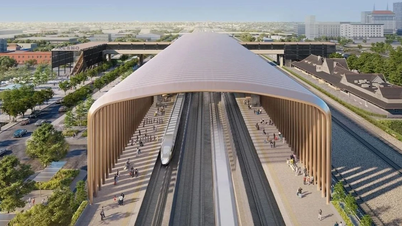





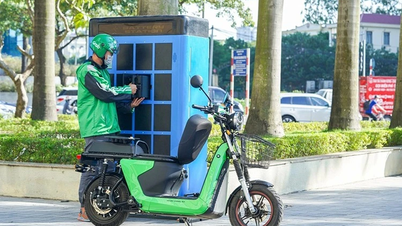



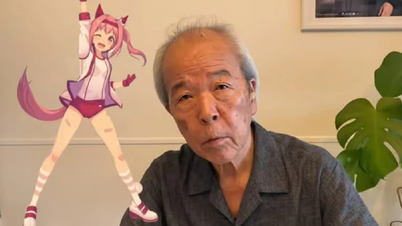


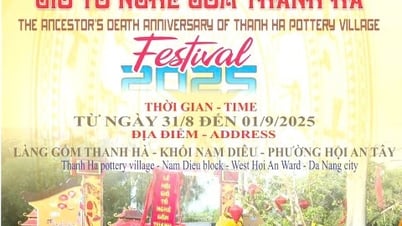

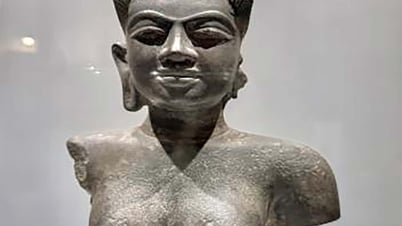

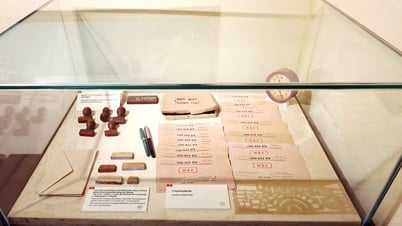

















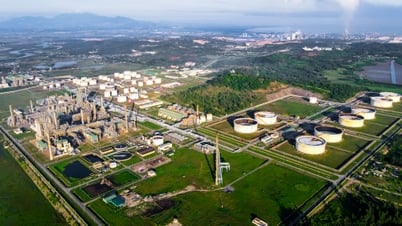






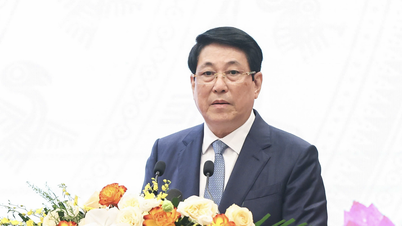



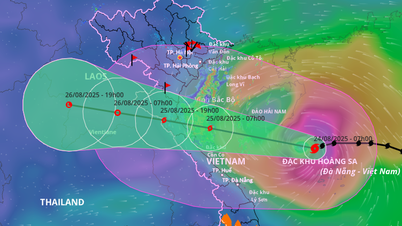




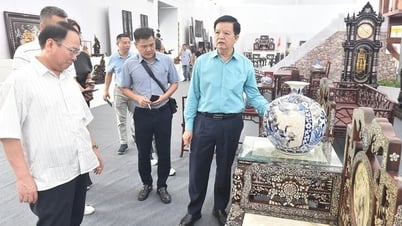












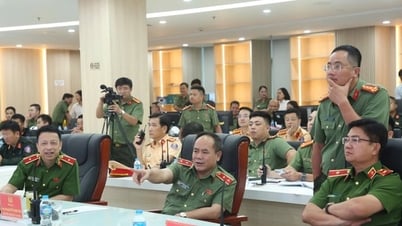




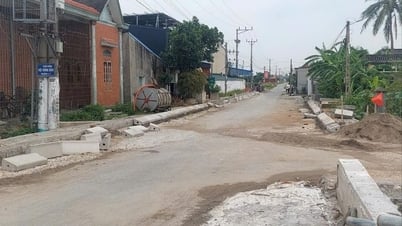

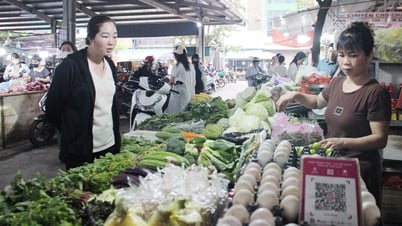





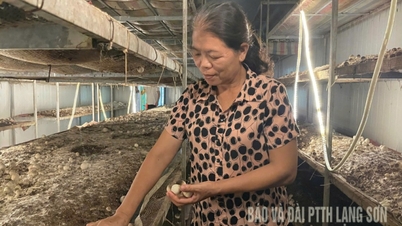




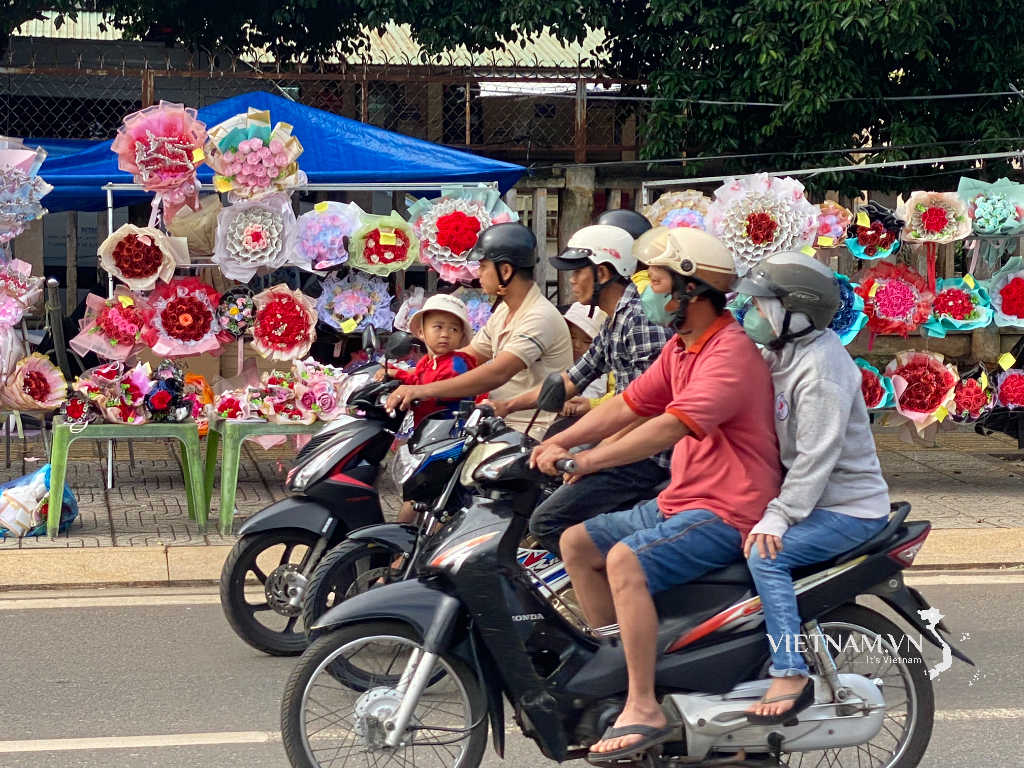

Comment (0)